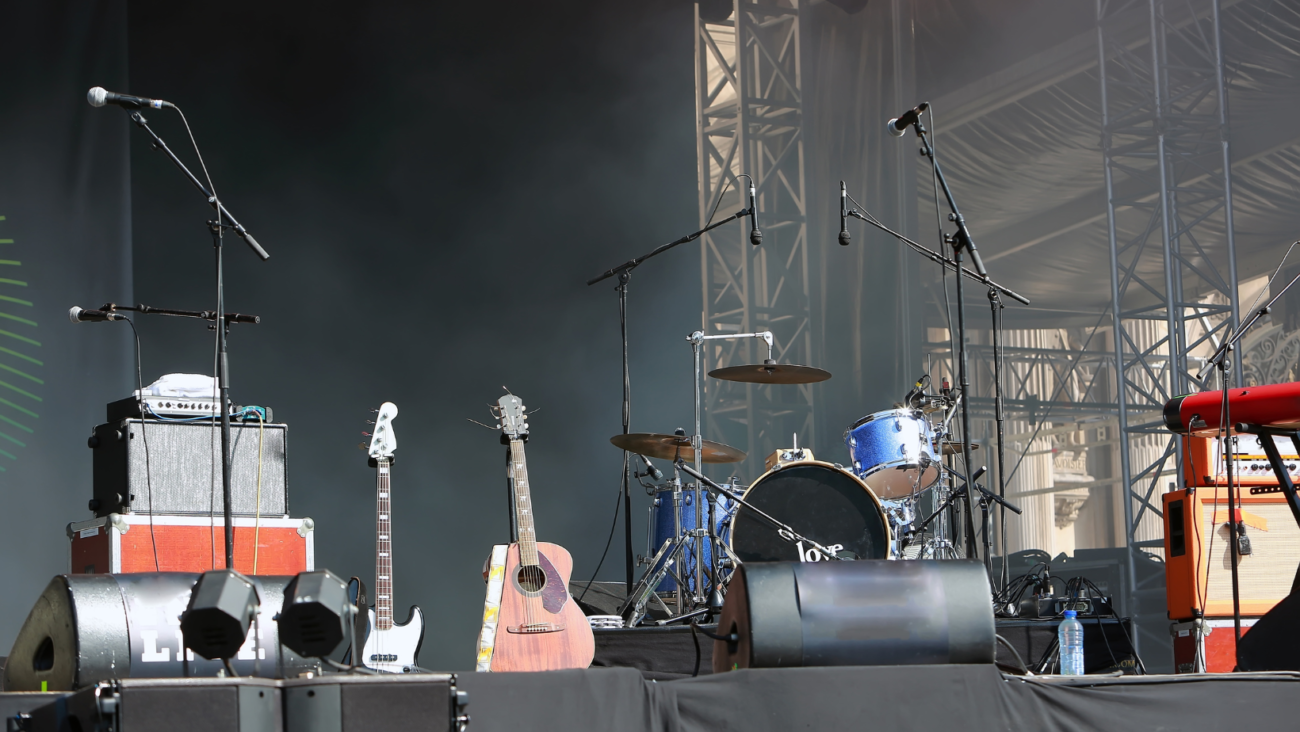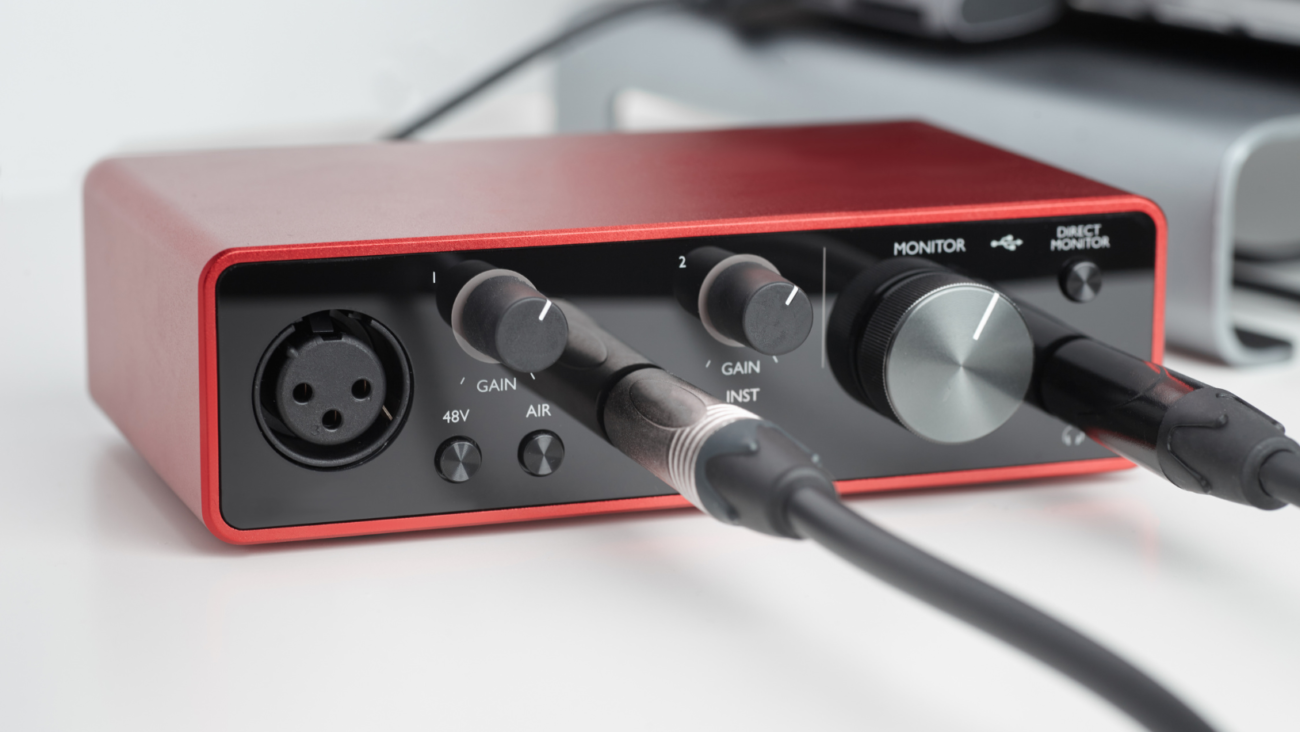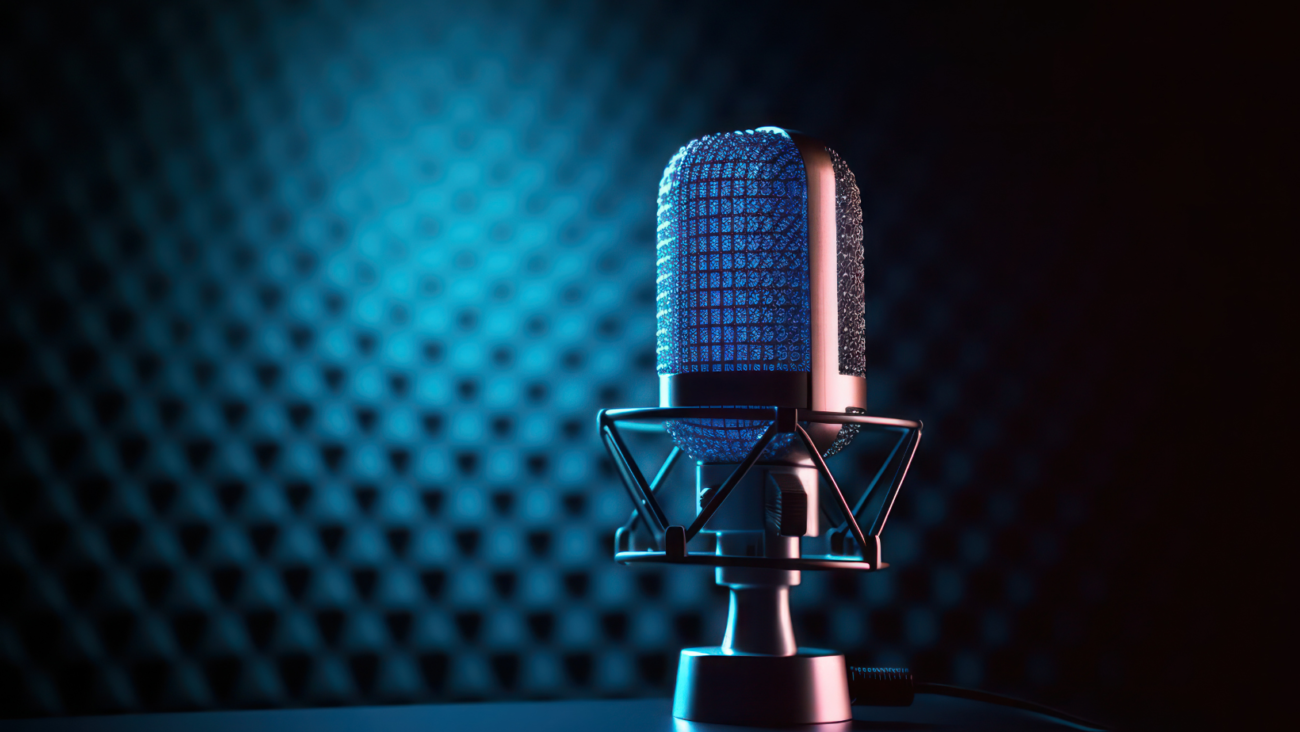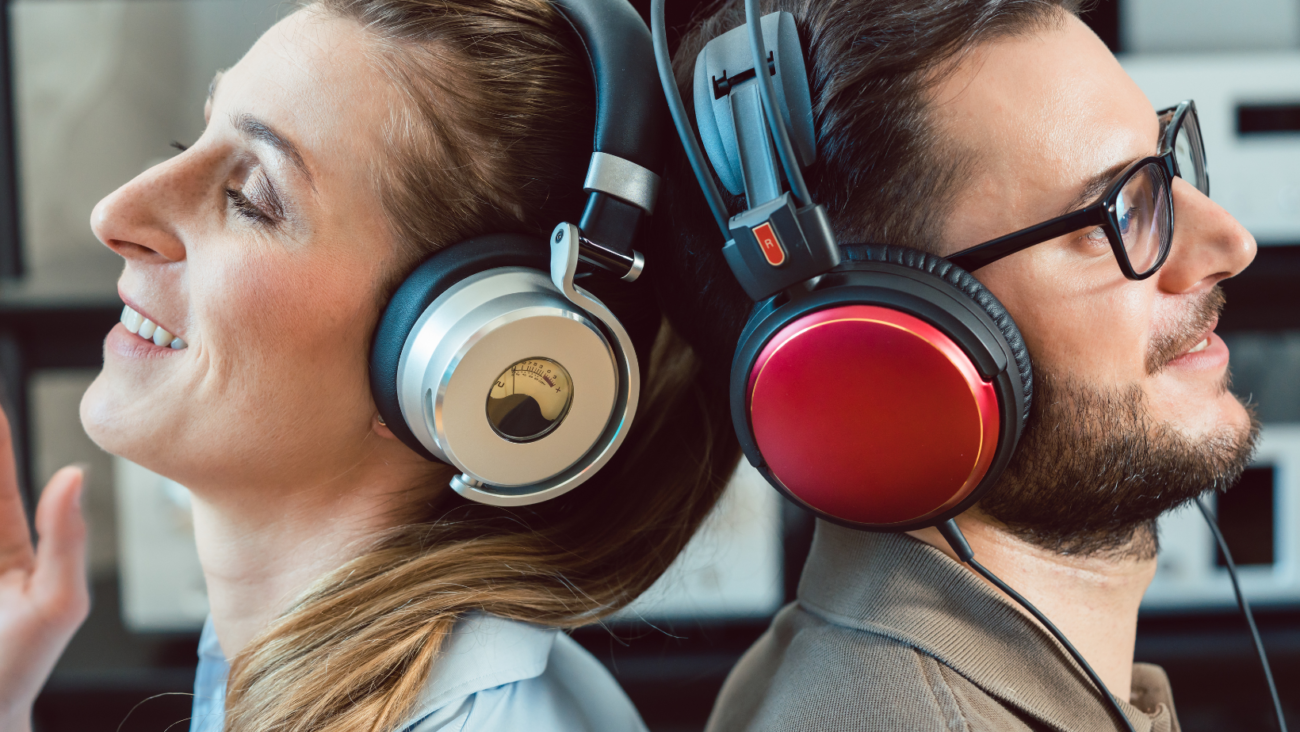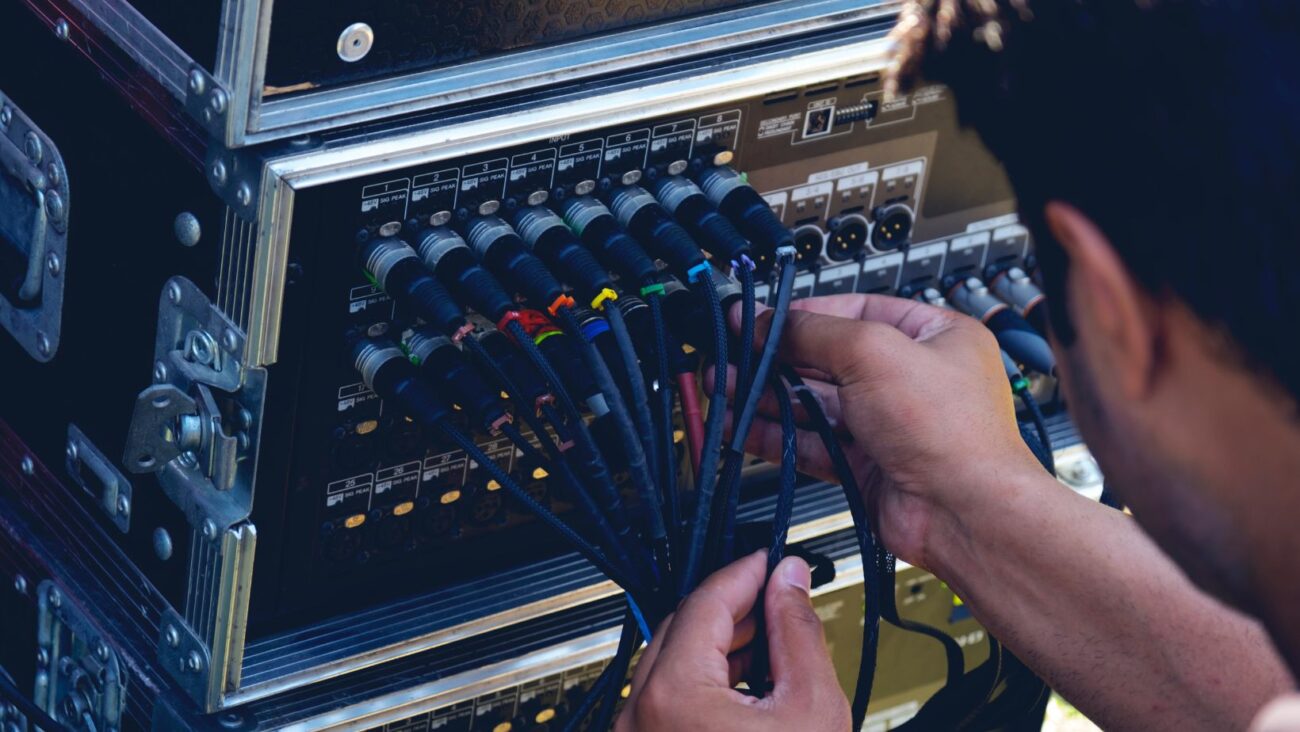Tips for Better Home Recordings
Recording at home is a great way to capture your music and release it to the world, but getting started can be intimidating. Fortunately, creating quality home recordings doesn’t require professional-grade equipment or expensive software. With the right tips and tricks, anyone can make their music sound better from the comfort of their own home — no studio necessary!
In this blog post, we’ll explore some simple ways for everyday musicians to get better sound results in their next recording project. Let’s dive in!
Use a Pop Filter
If you’re recording vocals, one of the best things you can do is use a pop filter. A pop filter is a mesh that goes in front of your microphone to help reduce the number of recorded plosives. Plosives are the “p” and “b” sounds that can cause your recording to sound muddy. By using a pop filter, you can help to ensure that your vocals are clear and concise.
Use a Shock Mount
Another excellent tip for better home recordings is to use a shock mount. A shock mount is a device that helps to isolate your microphone from any vibrations that may be present in your environment. This can be especially helpful if you’re recording in an area with a lot of foot traffic or other noise. By using a shock mount, you can help to ensure that your recordings are free from unwanted vibrations.
Use Acoustic Panels
Acoustic panels are another great way to improve the sound quality of your home recordings. Acoustic panels are made of absorbent material that helps to reduce reflections and echoes in your recording space. By using acoustic panels, you can create a more controlled environment for your recordings, resulting in better sound quality.
Use a Sound Card with Low Latency
Latency is the delay between when a sound is made and when it is heard through your speakers or headphones. If you’re recording music, it’s important to use a sound card with low latency so that you don’t hear any delays between when the instrument was played and when you hear it through your speakers. By using a sound card with low latency, you can help to ensure that your recordings are free from any unwanted delays.
Use High-Quality Audio Cables
Another important tip for better home recordings is to use high-quality cables. Cables are often overlooked when setting up recording studios, but they play a vital role in the quality of your recordings. Using high-quality cables will help to ensure that your recordings are free from interference and static noise.
Experiment with Different Microphones
Finally, one of the best tips for better home recordings is to experiment with different microphones. There are many different types of microphones available on the market, each with unique characteristics. By experimenting with different microphones, you can find the one that works best for your particular recording needs.
Now that you understand some basic things about setting up your home recording studio, it’s time to get down to business and start creating great-sounding recordings. And remember, if you need help along the way, our team at Coluber Cable is always here to assist. We offer a wide range of high-quality audio cables and accessories to help you get the most out of your home recording setup. So whether you’re just getting started or are looking to take your recordings to the next level, be sure to check us out today

